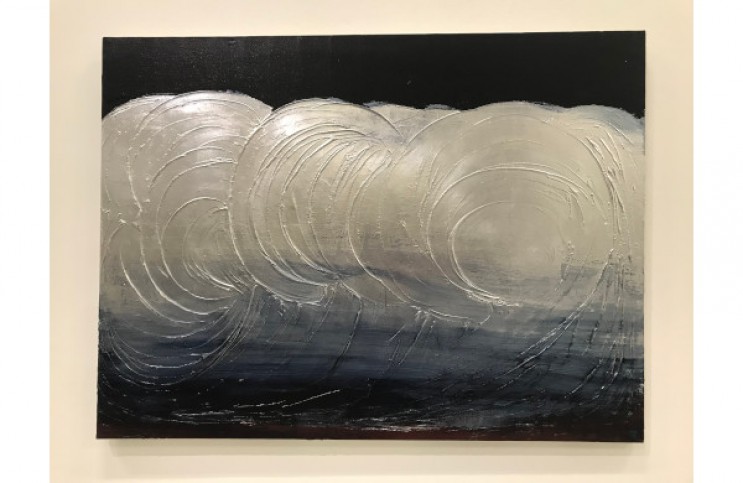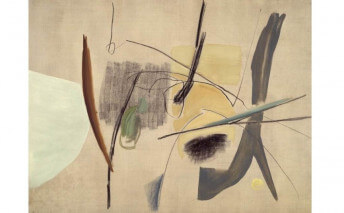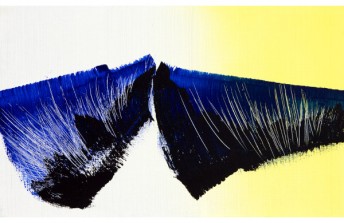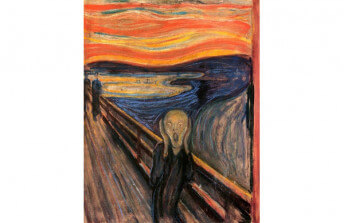Illuminating the Canvas: Anna Eva Bergman's Luminous Journey through Artistic Landscapes
Jun 14, 2023
Born in 1909 to Swedish and Norwegian parents, Anna Eva Bergman demonstrated an early knack for drawing. She later honed her talent at Oslo's School of Applied Arts and Vienna’s School of Applied Arts. Her artistic life blossomed in Paris, where she studied at the Academy André Lhote and the Académie Scandinave. This was where she met her future husband, the German painter Hans Hartung, a figure who would significantly influence her life and art.
The Transformative Journey
In her early years, Bergman's work echoed the haunting melancholy of Edvard Munch and the stark realism of German New Objectivity artists. Yet, in the early 1950s, she started navigating towards abstraction, drawing from the mesmerizing landscapes of Scandinavia and Spain. Her canvas began celebrating rhythm, line, and the simplicity of natural forms, like mountains, fjords, rocks, and seascapes.

Anna Eva Bergman - No. 11, 1968. Grand rond. © Fondation Hartung-Bergmann
Crafting Luminosity
An undeniable luminosity pervades Bergman's paintings, emanating from carefully calibrated tones, frequently accentuated by reflective surfaces of gold or silver leaf. The viewer is drawn to an intriguing magnetic relationship between these figures. However, rather than creating a sense of aimless drifting, Bergman ensures they maintain a clear relation to the canvas's lower edge, offering a sense of grounding gravity. From her early days to the peak of her abstraction period, Bergman's artistic voyage reflects a profound personal journey, marked by the beauty of the landscapes she lived in and the internal emotional landscapes she traversed. Her work remains a shining beacon in the art world, reflecting the quiet, clear luminosity she brought to her canvas.
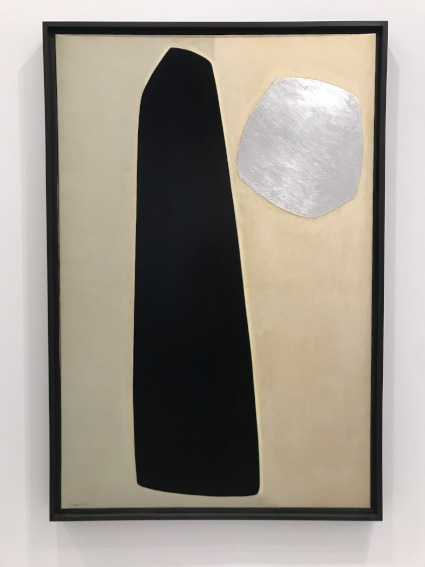
Anna Eva Bergman - No. 2, 1953. Stèle avec lune. © The National Museum of Art, Architecture and Design, Oslo.
In the Realm of Abstract Expressionism
Her art differed from the dominant gestural abstract painting trend of the 1950s. Working at the height of Abstract Expressionism, Bergman incorporated reality-based motifs into her abstract compositions, subtly maintaining a balanced distance. Unlike her contemporary, American artist Joan Mitchell, who anthropomorphized landscapes, Bergman evoked the emotional remoteness within us by capturing the natural world's similar qualities.
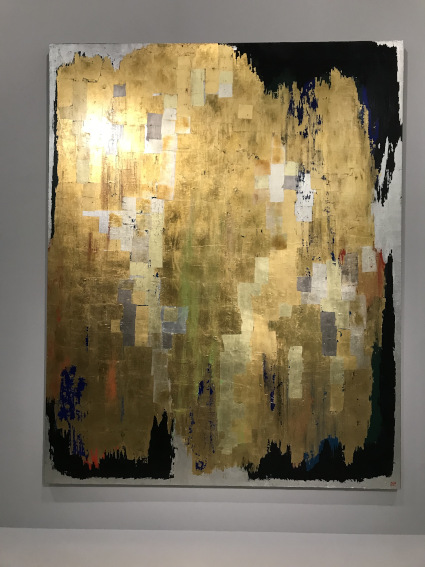
Anna Eva Bergman - No. 26, 1962. Feu. © Fondation Hartung-Bergmann
Minimalism and Mastery
The later years of her career witnessed further simplification of motifs, often boiling them, down to single lines or a limited palette of two or three primary colors. Even in this distilled minimalism, Bergman encapsulated the essence of expansive landscapes, displaying the mesmerizing evolution of her style over time.
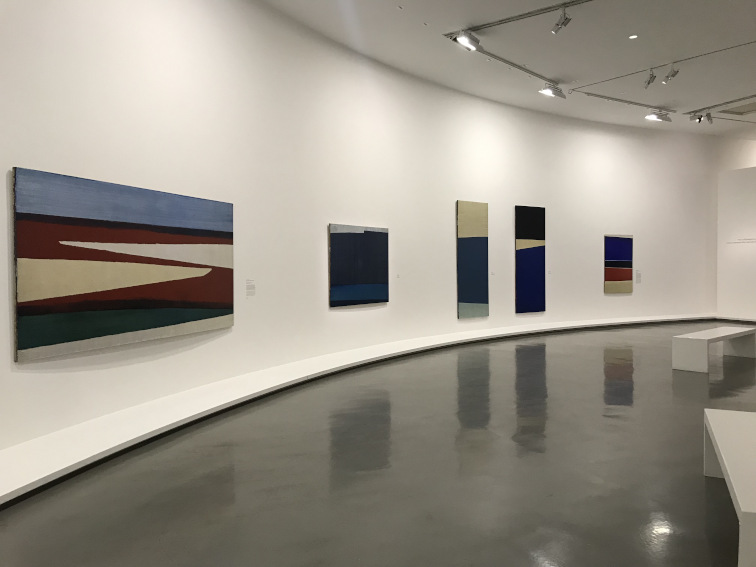
Anna Eva Bergman - installation view. The Retrospective at Musée d'Art Moderne de Paris.
The Retrospective at Musée d'Art Moderne de Paris
Her radiant legacy is currently displayed at a solo exhibition at the Musée d'Art Moderne de Paris. The comprehensive showcase is a testament to her powerful artistic journey, featuring works from various phases of her life. It beautifully captures her transition from figuration to abstraction and offers viewers an in-depth understanding of her unique approach to art. The display opens with her early figurative works, moving chronologically to her transition into abstract art. This curation approach allows the audience to follow Bergman's creative evolution, offering an intimate glimpse into the changing perspectives of the artist.
However, the exhibition's spotlight is on her 'metal paintings' - a series that Bergman started in the late 1960s and continued for the rest of her career. These works, predominantly executed on metal sheets with gold and silver leaf applications, delve into Bergman's intense relationship with nature and the cosmos. They echo the artist's philosophical reflections on existence, profoundly exploring human nature and our place in the universe.
The Musée d'Art Moderne de Paris's retrospective truly honours Bergman's remarkable career. It demonstrates her brave defiance of the artistic norms of her time and her commitment to personal authenticity. Despite the minimalism of her work, she encapsulates an enormity of thought, feeling, and philosophical questioning.
Featured image: Anna Eva Bergman - No. 49, 1973. Vague baroque. © Fondation Hartung-Bergmann
All images used for illustrative purposes only
By IdeelArt
